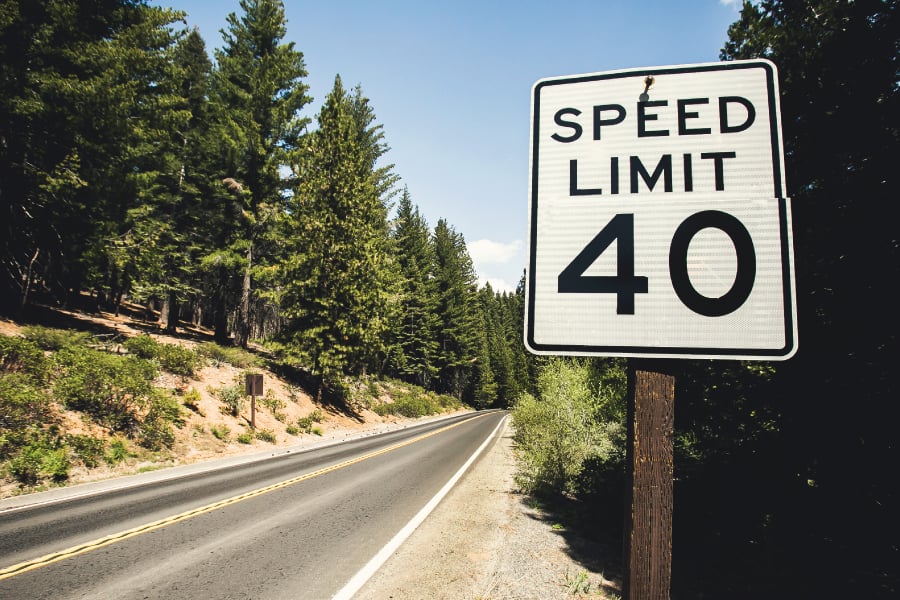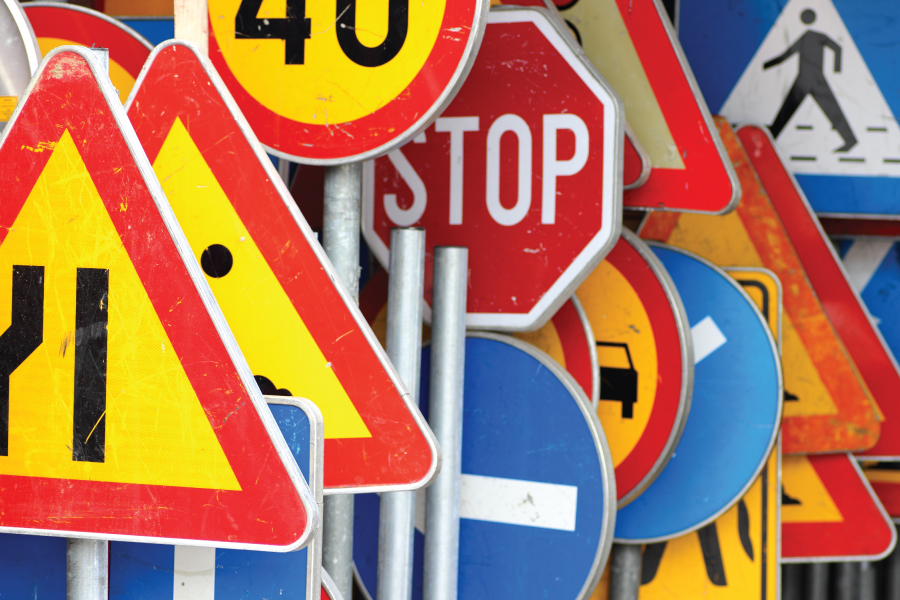Driving at Night

As we “fall back” to shorter days with the end of daylight savings time on Sunday, November 1 at 2 a.m., many motorists will encounter driving more hours in the dark. The risks of nighttime driving are greater than in daylight due to numerous issues, such as reduced visibility.
According to the National Safety Council, while only around one-quarter of our driving occurs during the nighttime, about 50% of traffic deaths happen at night. Taking the necessary precautions is key to staying safe during sundown.
Let there be light. When driving on unlit roadways, use your high beams whenever possible. This will help increase visibility so you can clearly make out roadway signs, other vehicles, and any non-reflective hazards that may be in your path.
Slow down. Motorists know that speeding is risky driving behavior, yet according to the AAA Foundation for Traffic Safety, half of drivers report driving 15 mph over the speed limit on highways and over 10 mph in residential areas. Adjusting and monitoring your speeds to accommodate the conditions outside, like wet weather or lower light levels, can give you enough time to react and stop the vehicle in order to avoid striking pedestrians, wildlife, or other hazards, and can reduce your risk of a major crash.
Clean or fix your windshield. If a windshield is dirty or has been damaged, light from oncoming traffic, or even the fading rays at sunset, can pass through and become fragmented, leading to a higher possibility of glares. Maintaining a clean windshield, both inside and outside, and removing any debris, like autumn leaves, from your wiper blades, can help prevent possible build-up. Fix your windshield if there’s a chip or crack, as moisture and dirt can seep into the layers of glass, further compromising your vision.
Don’t look into oncoming headlights. Driving into oncoming traffic can be dangerous. If a driver of an oncoming vehicle fails to dim the lights, look down toward the right side of the road to avoid being blinded. You should be able to see the edge of the lane or the painted edge line and stay on course until the vehicle passes.
Don’t get distracted. Driving requires your full attention, yet many drivers lose focus and sight of the road ahead due to in-vehicle technologies, electronics, snacks, and other passengers. Eliminate any potential distractions while you’re a driver by putting your phone down and out of sight, refraining from changing the radio station, and making sure all children are secure before getting on the road.





